No homeowner wants to find droppings in their home. Not only is it unsanitary, but it is also likely indicative of an even bigger issue. Many household pests are elusive and make themselves scarce when humans are present. Droppings are often one of the most effective clues as to what pest has been making itself at home, but how do you solve the mystery of what is hiding in your house? Below are droppings of some of the most common household pests and how to identify them.
Caution: this article contains pictures and descriptions of poop.
Cockroach Droppings:
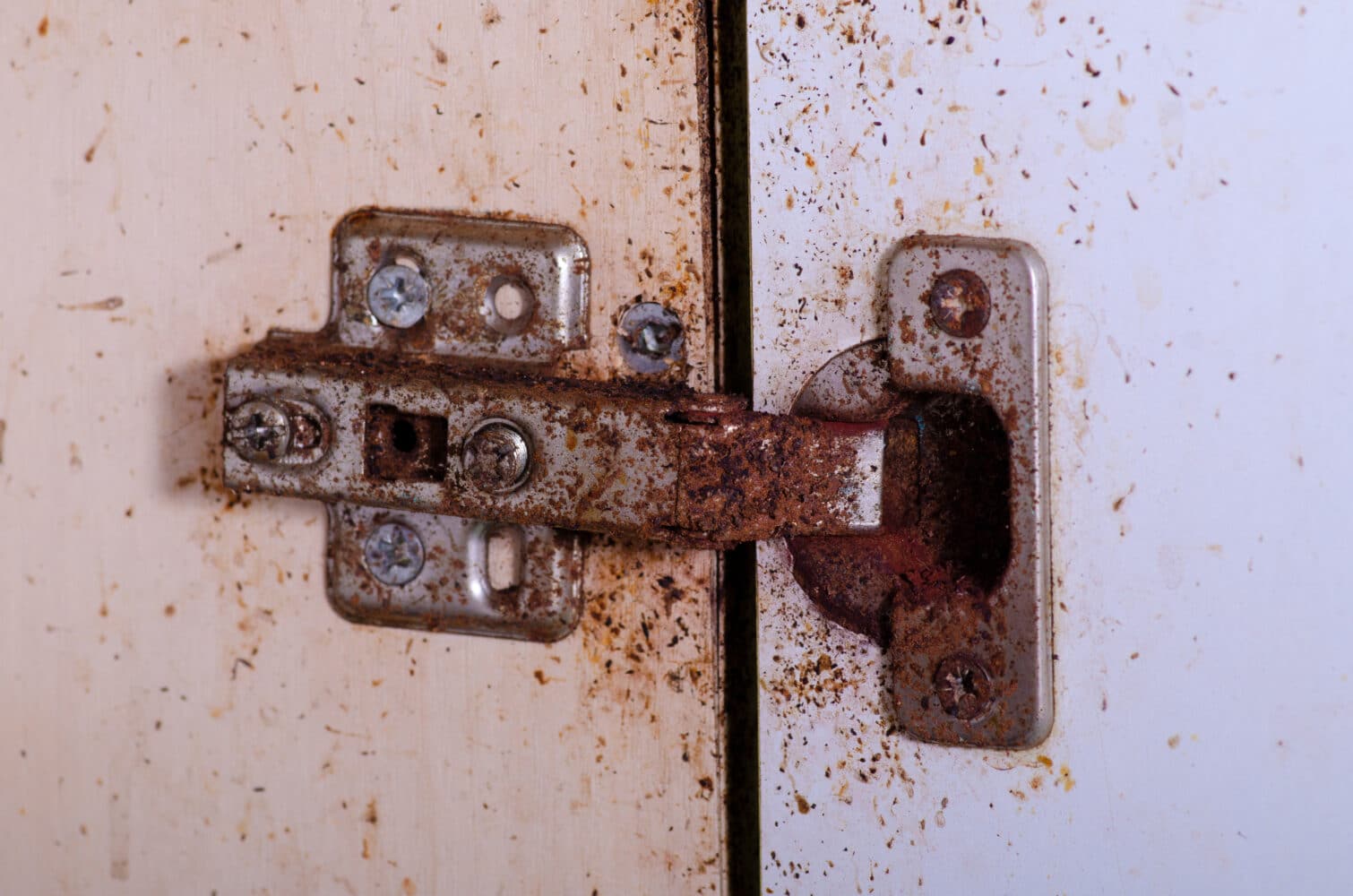
An extreme example of cockroach droppings
Did you know that cockroach droppings can be visible to the naked eye? Cockroach droppings, otherwise known as frass, vary in size and coloration depending on the species. German cockroaches are the most common species in New England and are the most likely roach droppings you may find in your home.
Roach droppings are approximately a millimeter in size and can be found in places where you might expect to find roaches, such as inside drawers, in pantries, on countertops, underneath refrigerators, and under the sink.
What Can Be Mistaken for Roach Poop?
The droppings of smaller roach species, such as German Cockroaches, may resemble coffee grounds or black pepper. Larger species, such as the American Cockroach, may leave behind cylindrical frass with a noticeable ridge along the side. The size may lead some to mistake them for mouse droppings, which have pointed ends and do not possess the tell-tale ridge.
Are Roach Droppings Toxic?
Roach droppings can be hazardous to your health. They can carry diseases such as Salmonellosis, dysentery, campylobacteriosis, Listeriosis, Staph infections, and more.
They can also trigger other reactions such as asthma, allergies, or eczema.
What Do I Do If I Find Roach Droppings?
Note where you found them and contact an expert immediately. Roaches breed quickly, so you must act as soon as possible to prevent the infestation from worsening. Wear a protective mask and gloves and clean the area with a vacuum and then warm, soapy water.
Mouse Droppings
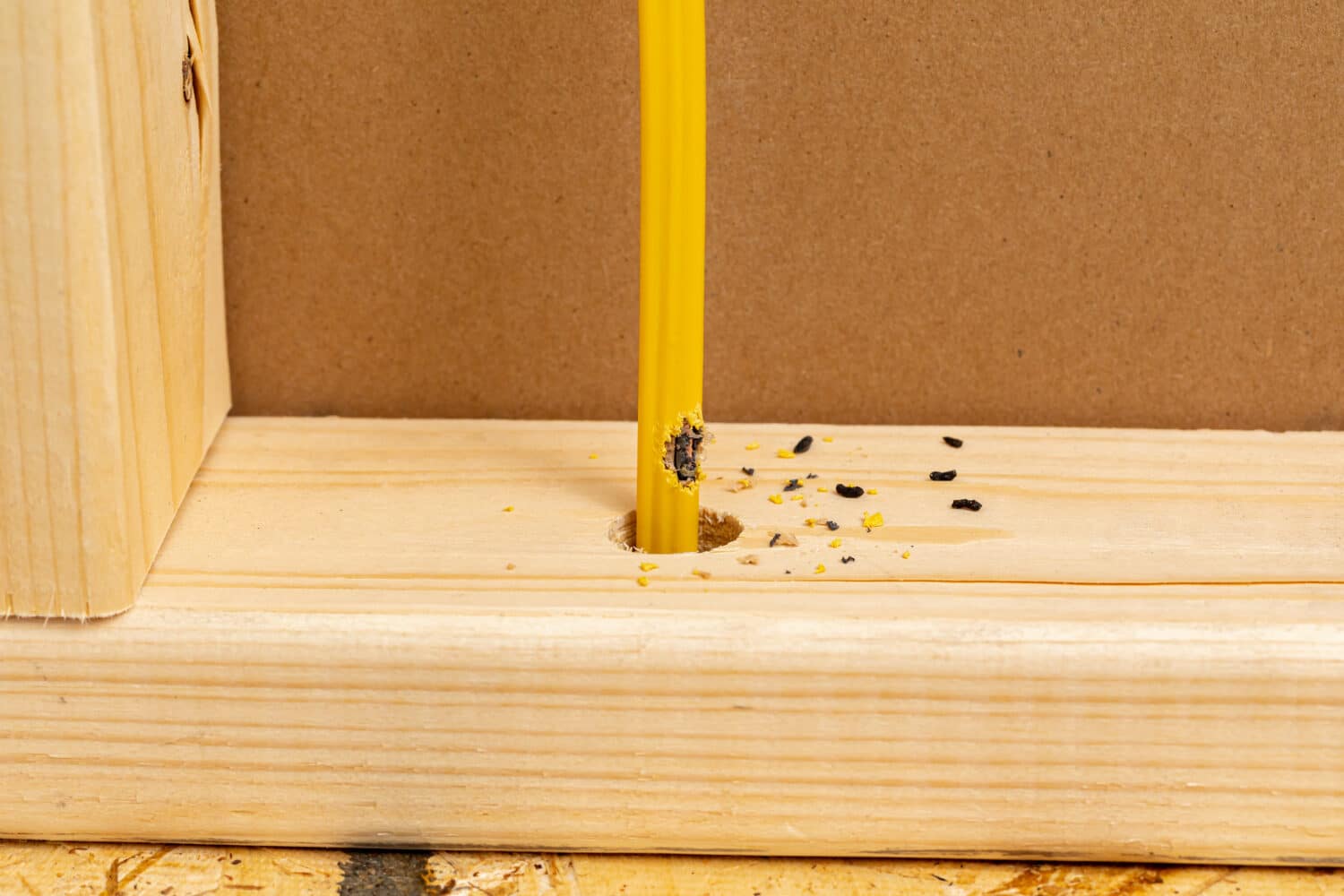
Mouse droppings are also called pellets. They are black or brown and are the approximate shape and size of a grain of rice (1/8-1/4 inch long) with tapered ends. A single mouse can produce up to 75 pellets per day. Mice do not designate themselves an area to go to the bathroom like some other rodent species do, so they urinate or defecate as they walk. Mouse droppings are commonly found along counters and baseboards, silverware drawers, and in pantries where food is stored.
Are Mouse Droppings Harmful?
Yes. Mouse droppings are known to carry diseases such as Hantavirus Pulmonary Syndrome, a potentially fatal lung infection.
Why Do I See Mouse Droppings But No Mouse?
Mice are skittish around humans, so they try to avoid being seen. If you see mouse droppings, you probably have at least one established mouse nest in your home.
What Do I Do if I Find Mouse Droppings?
Do not sweep or vacuum them. This can cause the virus to become airborne. Instead, follow the CDC guidelines for cleaning up rodent droppings. Contact a professional to address the larger rodent issue.
Bat Droppings/ Guano:
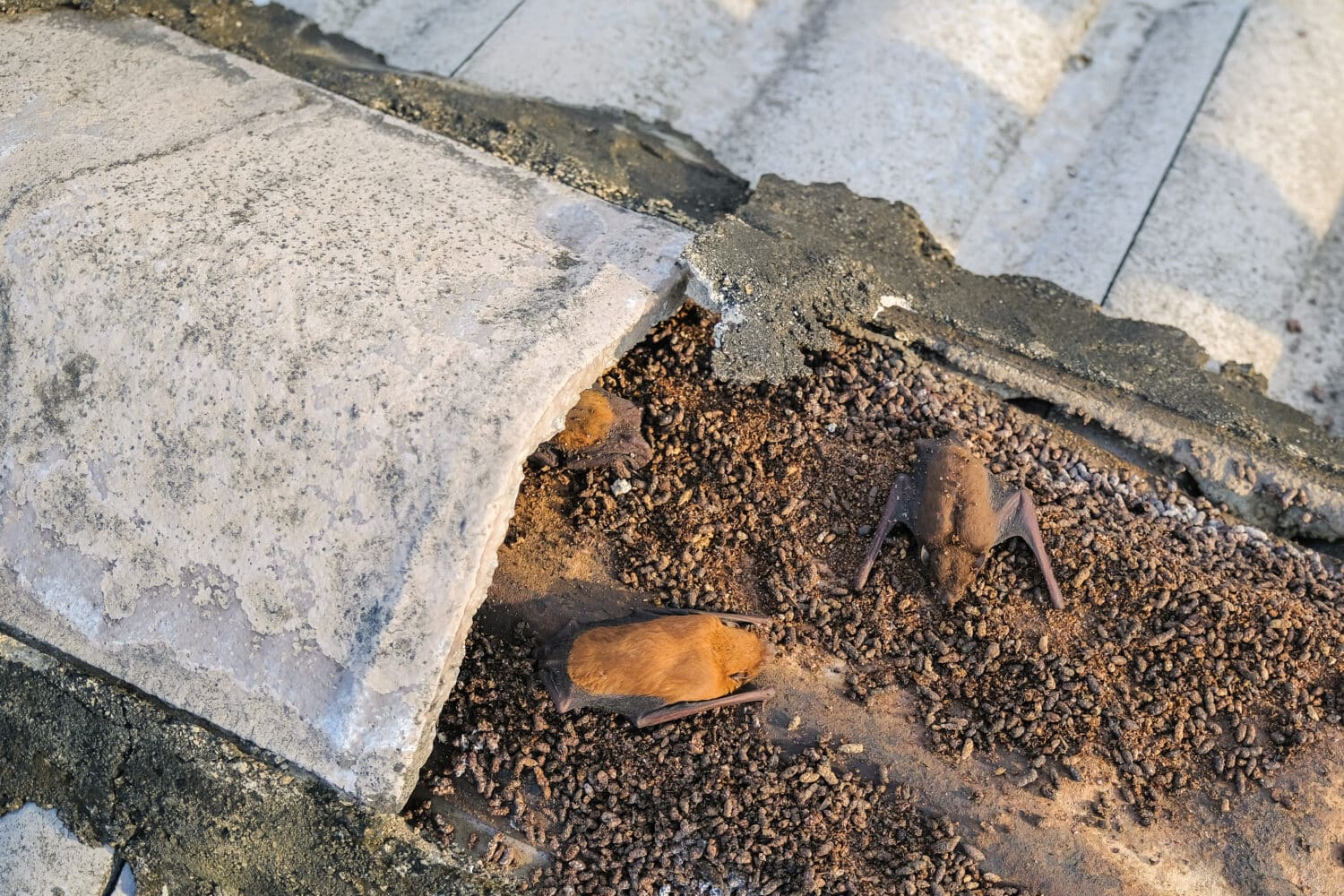
Bat droppings vary by species, but are generally slightly larger than mouse droppings at .12-.5 inches in length and dark brown-black.
Are Bat Droppings Harmful To Humans?
They can be. Bat droppings are a known incubator of histoplasmosis, a fungal infection that usually occurs in the lungs, but has been known to spread to other body parts. Histoplasmosis can be serious to people who have existing autoimmune issues.
How to Tell The Difference Between Mouse And Bat Droppings?
While bat dropping can be similar in size to mouse droppings, there are some notable differences. Bat droppings can be found piled in one location beneath where the bats are roosting, whereas mouse droppings tend to be distributed around the areas a mouse may travel in your home. Bat droppings may also appear shiny due to undigested insect wings in their feces. Other insect remains may be visible as well. Mouse droppings are smoother in appearance, while bat guano is often bumpier and crumbly.
What Do I do If I find Bat Droppings?
Ensure that bats have been removed from the area by a professional. Do not attempt to sweep up or vacuum the droppings, as this can cause particles containing diseases to become airborne. Dampen the droppings first, then clean the area using soapy water and a rag or mop. Disinfect the area with diluted bleach. Be sure to either dispose of the rag or mop head or clean in an unsoiled bleach solution.
Rat Droppings:
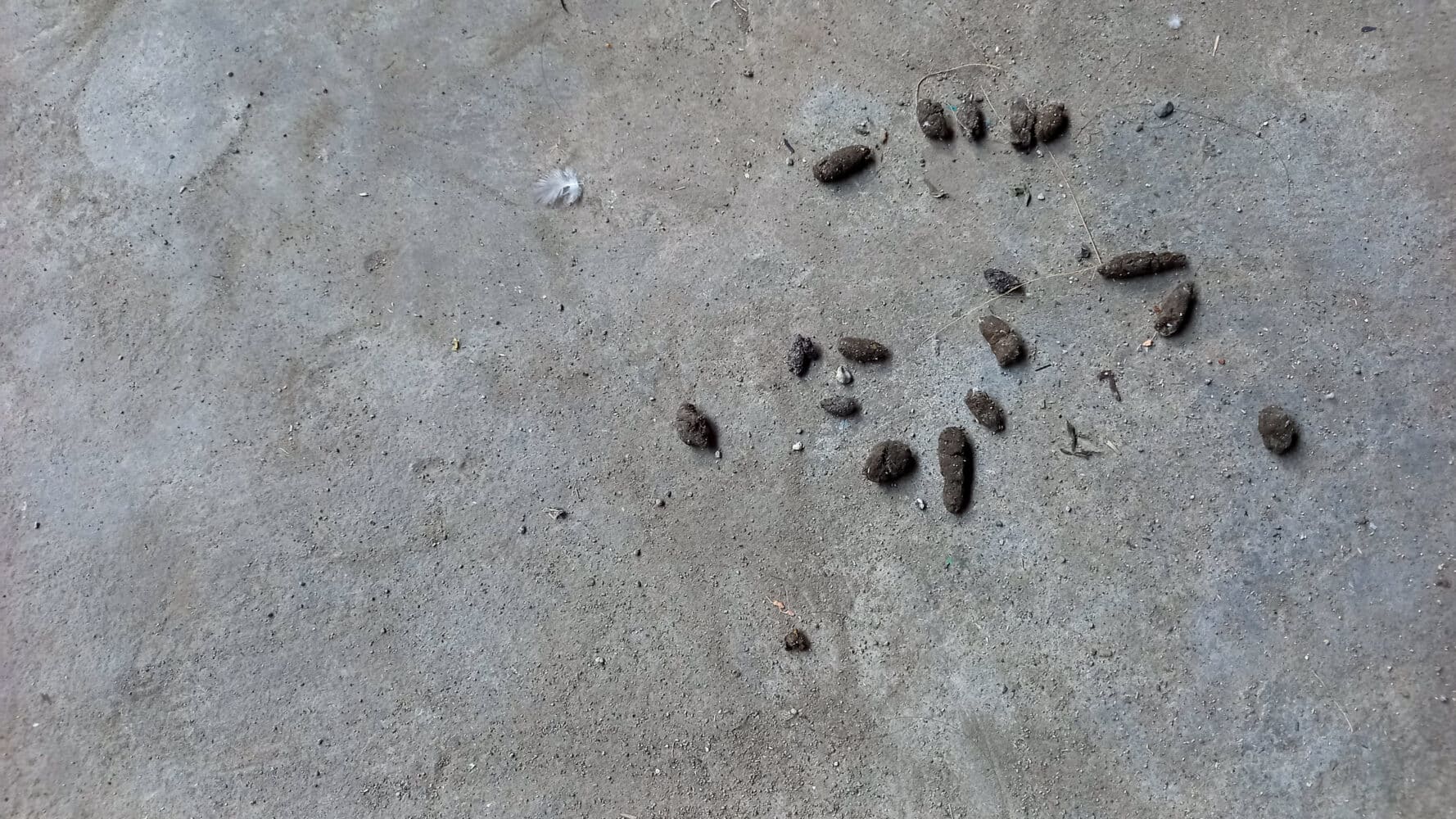
How Do You Identify Rat Poop?
Rat droppings are approximately 3/8 inch in length and 1/8 inch wide. The tips are more rounded than mouse droppings. They are dark brown in color when fresh
What can be mistaken for Rat Poop?
Many people will confuse rat droppings for mouse droppings. Squirrel droppings can also look very similar to rat droppings, but squirrel pellets are wider and often lighter in color.
Is Rat Feces harmful?
Rat waste can be extremely harmful. It can carry serious diseases such as Hantavirus Pulmonary Syndrome, Leptospirosis, and Salmonellosis. Remove rat feces immediately wearing proper protective equipment, such as N95 masks and gloves.
What Do I Do If I Find Rat Droppings?
Like mouse and bat droppings, rat droppings are be dangerous if disturbed, as it can cause disease-containing particles to be released into the air. Wearing a dust mask, spray the area with disinfectant so that the area is wet and let it sit for 5-10 minutes. Clean up droppings with paper towels. Dispose of soiled paper towels promptly. Disinfect the area again after solid material has been removed.
Chipmunk Droppings
How Do I Identify Chipmunk Droppings?
Chipmunk droppings are ¼-3/8 of an inch long. Like mice, the droppings have pointed ends They are firm and can vary in color from light to dark brown depending on their diet.
How do I know if I have Mice Or Chipmunks
There are some factors to note when determining if your pest is mice or chipmunks. Firstly, chipmunk droppings are slightly larger than mouse droppings. You will also want to note the pattern and placement of the droppings. Mice, as was mentioned earlier, tend to defecate while walking so their droppings will appear scattered. Chipmunks tend to defecate in small piles.
Raccoon Droppings
How Do You Identify Racoon Poop
Raccoon droppings appear similar to small dog droppings. They are long, dark, and cylindrical with a strong odor. Raccoons establish a communal toilet site, known as a Raccoon Latrine, in which multiple individuals relieve themselves.
What to do if a raccoon poops in your yard?
Raccoon latrines don’t just stink, they are also carriers for some serious diseases. Most notably, Baylisascaris procyonis or “Raccoon Roundworm”. Raccoon Roundworm is a parasite transmitted through contact with infected feces or soil that can cause fatigue, nausea, loss of muscle control and even blindness.
Raccoons may also establish latrines in attics, lofts, roofs, and decks.
The most effective way to kill raccoon roundworm eggs is with heat. Contaminated items should be carefully removed, burned, or buried. See the CDC guide for more information.
Possum Droppings:
What Do Possum Droppings Look Like?
Possum droppings are typically 1-2 inches long, cylindrical, and medium-brown in color, but can vary based on diet.
How to tell the difference between raccoon and possum droppings
Raccoon droppings are larger and darker in color. Possums do not use communal latrines like raccoons do, so their droppings are usually scattered rather than piled.
Bird Droppings
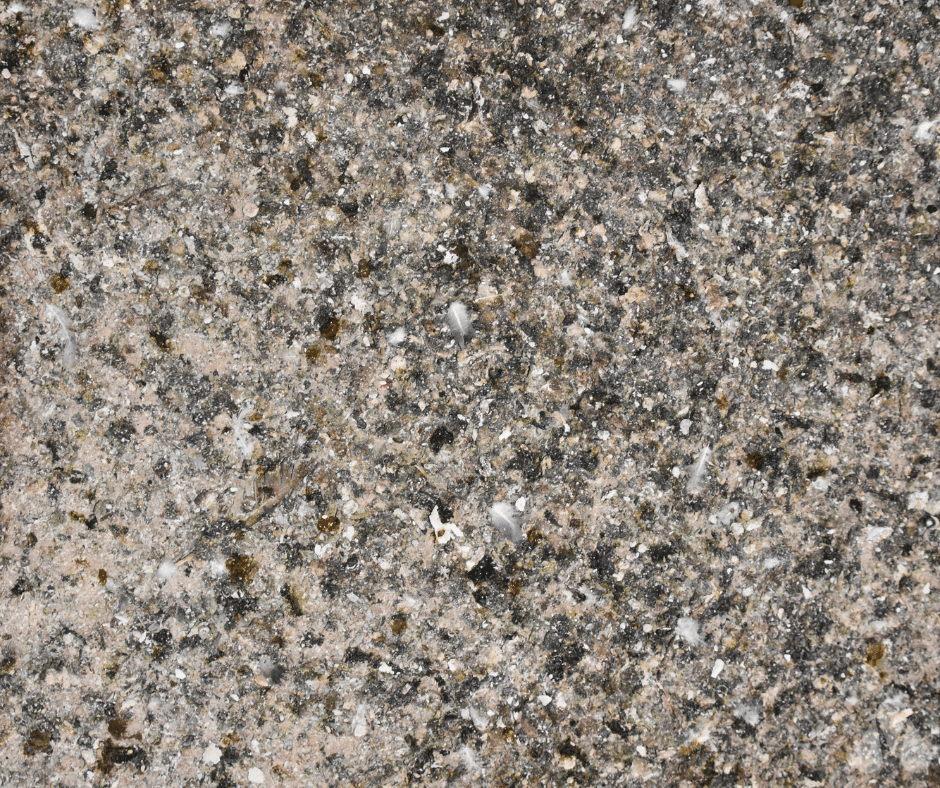
How To Identify Bird Droppings
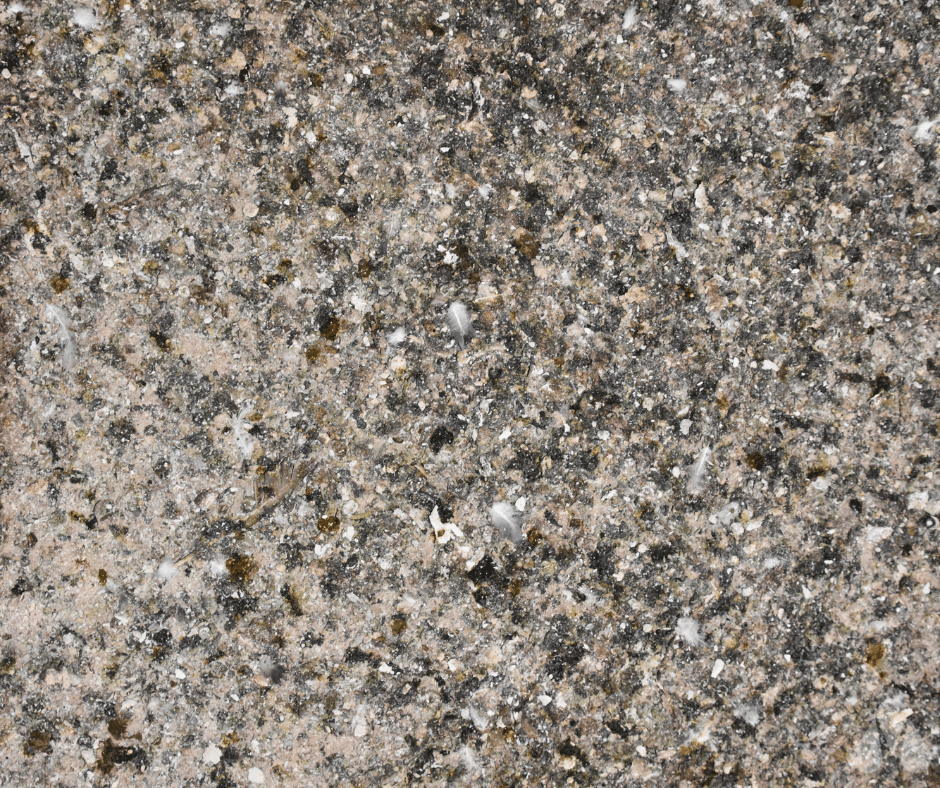
Bird Droppings are easily distinguished from mammal droppings by the presence of urate. Mammals pass urea in liquid form, while birds excrete uric acid as solid, white substance known as urate. Urate accompanies the long, solid, tubular feces as it is expelled from their multi-purpose orifice known as the cloaca.
Are Bird Droppings Hazardous?
Bird droppings cancarry many diseases, including histoplasmosis, and Cryptococcus neoformans. Cryptococcus neoformans grows on accumulated bird droppings and is inhaled when the droppings are disturbed. It is commonly found in places where pigeons roost. For most people, the disease is mild, but it can be serious for people with weakened immune systems.
Squirrel Droppings
How Do I Identify Squirrel Poop?
Squirrel droppings are dark brown or black. They are about 3/8 of an inch long and bumpy. They often contain visible pieces of undigested food.
How To Tell The Difference Between Rat and Squirrel Droppings
As stated above, squirrel pellets are wider and often lighter in color with bits of undigested food. Rat feces tend to be smoother.
Are Squirrel droppings a health hazard?
Squirrel droppings can contain a bacteria known as leptospira, which causes Leptospirosis. Leptospirosis can lead to serious kidney, liver, and respiratory damage if left untreated. It can even be fatal. It may take anywhere from 2 days to one month before symptoms emerge. Some symptoms include:
- Headache
- Fever
- Muscle aches
- Nausea
- Jaundice
- Rash
- Diarrhea
- Stomach pain
If you’re still unsure about the droppings you’ve found in your home, reach out to our experts at info@modernpest.com. We’ll help you identify the culprit and take the necessary steps to keep your home pest-free. Don’t wait—act now to protect your health and home.
